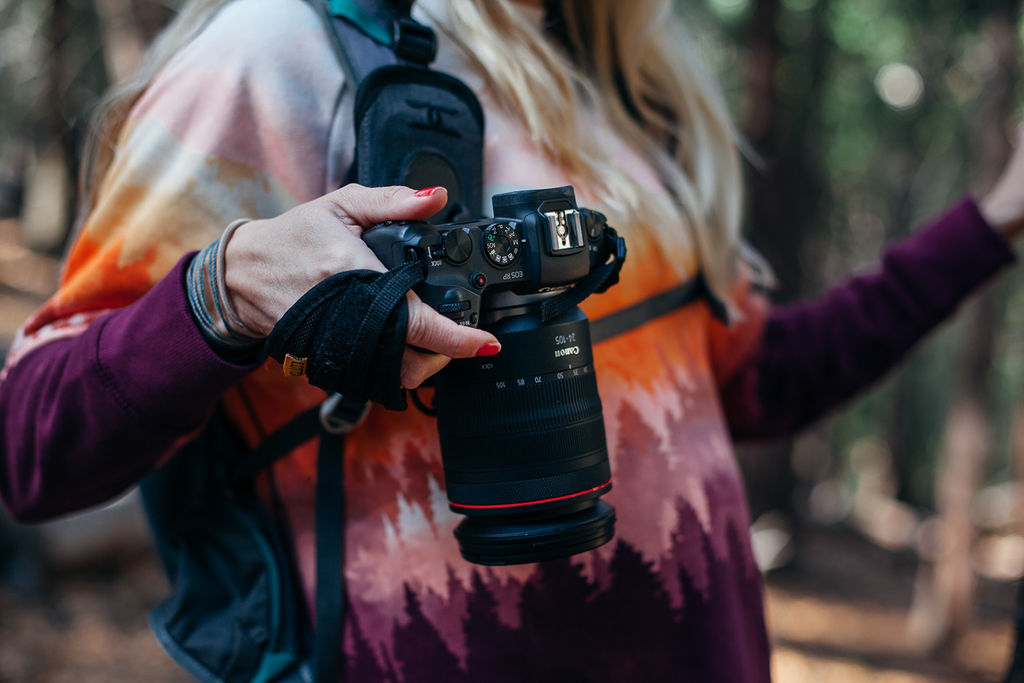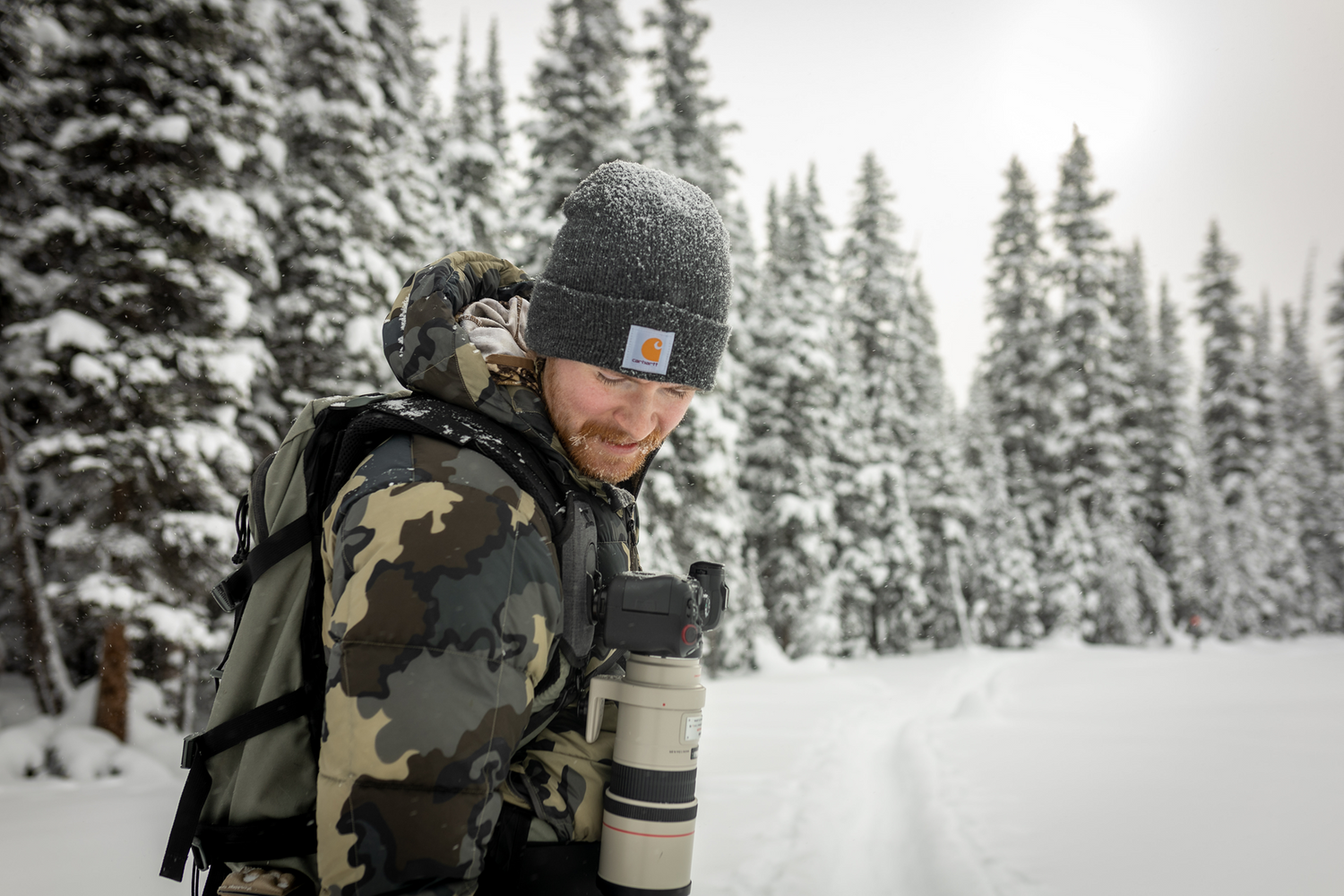As the air turns crisp and the leaves transform into vibrant shades of red, orange, and yellow, fall offers photographers a unique opportunity to capture the beauty of the season. The warm tones, soft light, and dramatic landscapes make autumn one of the most photogenic times of the year. Whether you’re a professional photographer or just enjoy snapping shots of nature, having a few go-to tips and tricks up your sleeve can help you elevate your fall photography.
In this post, we’ll explore 10 tips for capturing stunning fall images. From making the most of lighting conditions to framing your shots, these tips will help you take breathtaking photos that truly showcase the magic of the season.
1. Make the Most of Golden Hour
Golden hour—the time shortly after sunrise and before sunset—offers soft, warm light that enhances the rich colors of fall foliage. Shooting during this time of day creates a beautiful glow and casts gentle shadows, which are perfect for bringing out the vivid hues of autumn leaves.
Tip: Use the low angle of the sun to your advantage. Position yourself to shoot into the sunlight, creating a backlit effect that makes the leaves look like they’re glowing.
Pro Tip: Golden hour doesn’t last long, so plan your shots in advance. Arrive early, scout your location, and be ready to capture the best light as it changes rapidly.
2. Look for Reflections in Water
Fall is the perfect time to incorporate reflections in your photos. Lakes, ponds, and rivers can mirror the brilliant colors of autumn leaves, doubling the impact of your shot. Reflections can add symmetry and depth to your images, making them more visually engaging.
Tip: Find a calm body of water and compose your shot to include the reflection of trees or hillsides. Experiment with different angles and distances to find the most pleasing composition.
Pro Tip: Use a polarizing filter to control reflections and enhance colors. This filter can reduce glare and deepen the hues of the sky and foliage.
3. Use Leading Lines to Guide the Viewer’s Eye
Incorporate natural elements like winding paths, fences, or rivers as leading lines in your photos. These lines help guide the viewer’s eye through the image and create a sense of depth and direction, making your photo more dynamic.
Tip: Position yourself at the beginning of a trail, road, or path, and use it to lead the viewer’s gaze toward a central subject, such as a tree in full color or a distant mountain.
Pro Tip: If you’re shooting in a forest or park, look for fallen leaves, tree trunks, or branches that create natural lines, helping your viewer explore the entire scene.
4. Incorporate the Sky for Drama and Contrast
Don’t forget to include the sky in your fall photos, especially on cloudy or misty days. The moody atmosphere adds a sense of drama and contrast to the vibrant foliage below. Cloudy skies can also act as a natural diffuser, softening the light and reducing harsh shadows.
Tip: Use wide-angle lenses to capture the expanse of the sky and the landscape below. A dramatic sky paired with colorful trees can create a powerful composition.
Pro Tip: Look for foggy mornings or rainy days. Fog can add mystery and depth, while raindrops on leaves or reflective puddles can provide unique and intimate details.
5. Get Close for Macro Shots
Fall isn’t just about wide landscapes. There’s beauty in the small details, like the texture of fallen leaves, the patterns of frost on a leaf, or dew drops glistening in the morning sun. Macro shots can capture these delicate elements, adding variety to your fall photography portfolio.
Tip: Use a macro lens or a lens with a close focus capability to capture the intricate details of leaves, flowers, or bark. Focus on the veins of a leaf or the texture of moss for striking close-up shots.
Pro Tip: Try experimenting with shallow depth of field (low f-stop values) to create a blurred background, making your subject stand out even more.
6. Play with Backlighting for a Warm Glow
Positioning your subject between yourself and the sun can create a beautiful backlighting effect, making the leaves appear to glow. This technique works especially well during golden hour or in the late afternoon when the sunlight is softer.
Tip: Shoot with the sun slightly off to one side to avoid direct glare in your lens. Use trees or other objects to partially block the sun, creating a rim of light around the leaves or your subject.
Pro Tip: Increase exposure slightly to brighten your image and bring out the warm tones of the backlit leaves.
7. Experiment with Different Perspectives
Don’t settle for the typical eye-level shot. Get creative by experimenting with different perspectives. Try shooting from a low angle looking up through the branches or from above looking down at a carpet of colorful leaves.
Tip: Use a tripod or platform to stabilize your camera on the ground to shoot from a very low angle. Capturing the sky through a canopy of colored leaves can create a unique and striking perspective.
Pro Tip: Get on a higher vantage point, like a hill or balcony, to capture the full expanse of the colorful foliage below.
8. Include People for Scale and Emotion
Adding people to your fall photography not only helps to convey scale but also introduces a sense of story and emotion. Capture children playing in leaves, a couple walking down a forest path, or hikers enjoying a mountain view.
Tip: Position people in the foreground to provide a sense of scale and focus. Use their interaction with the environment to create a more engaging narrative.
Pro Tip: Experiment with using wide apertures to keep the background slightly out of focus, ensuring the people remain the focal point.
9. Capture the Transition of Seasons
Fall is a time of transition, and you can create compelling images by capturing this change. Look for scenes where green leaves are just beginning to turn yellow, or where early snow is dusting colorful trees.
Tip: Contrast the changing leaves against still-green foliage or against the bare branches of trees that have already shed their leaves. These contrasts highlight the beauty of seasonal change.
Pro Tip: Seek out areas where fall colors mix with elements of winter, such as frost-covered leaves or snow-dusted landscapes, to create unique and eye-catching images.
10. Use Editing to Enhance Fall Colors
While it’s always best to get the perfect shot in-camera, editing software like Adobe Lightroom or Photoshop can help you enhance the colors and details of your fall photos. Use post-processing to adjust color saturation, contrast, and sharpness to make the autumn hues pop.
Tip: Be careful not to overdo it! A slight boost in saturation and contrast can go a long way, but too much editing can make your photos look unnatural.
Pro Tip: Use the HSL (Hue, Saturation, Luminance) sliders to selectively adjust the red, yellow, and orange tones without affecting other parts of your image.
Fall is a season full of photographic opportunities, with its stunning colors, unique lighting, and captivating landscapes. By following these tips and experimenting with your compositions, lighting, and perspectives, you’ll be able to capture the essence of autumn in your photos. Whether you’re shooting wide landscapes or focusing on the delicate details of a single leaf, let the beauty of the season inspire you.





